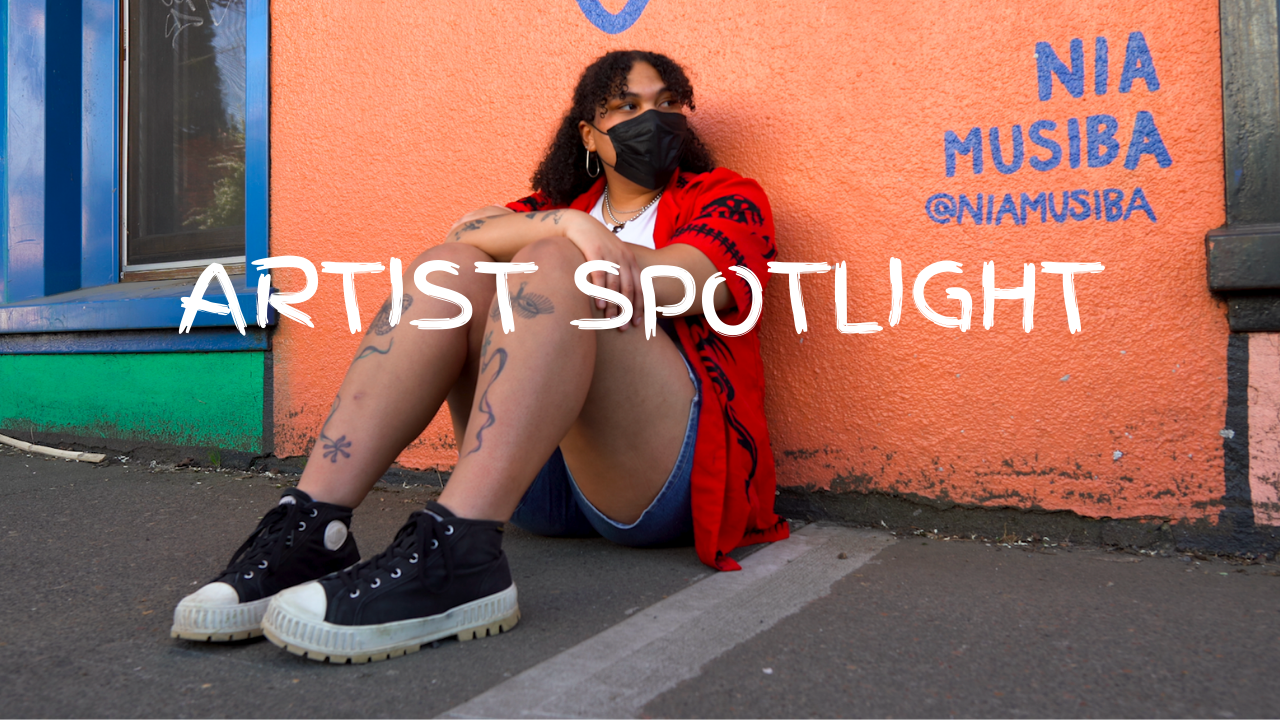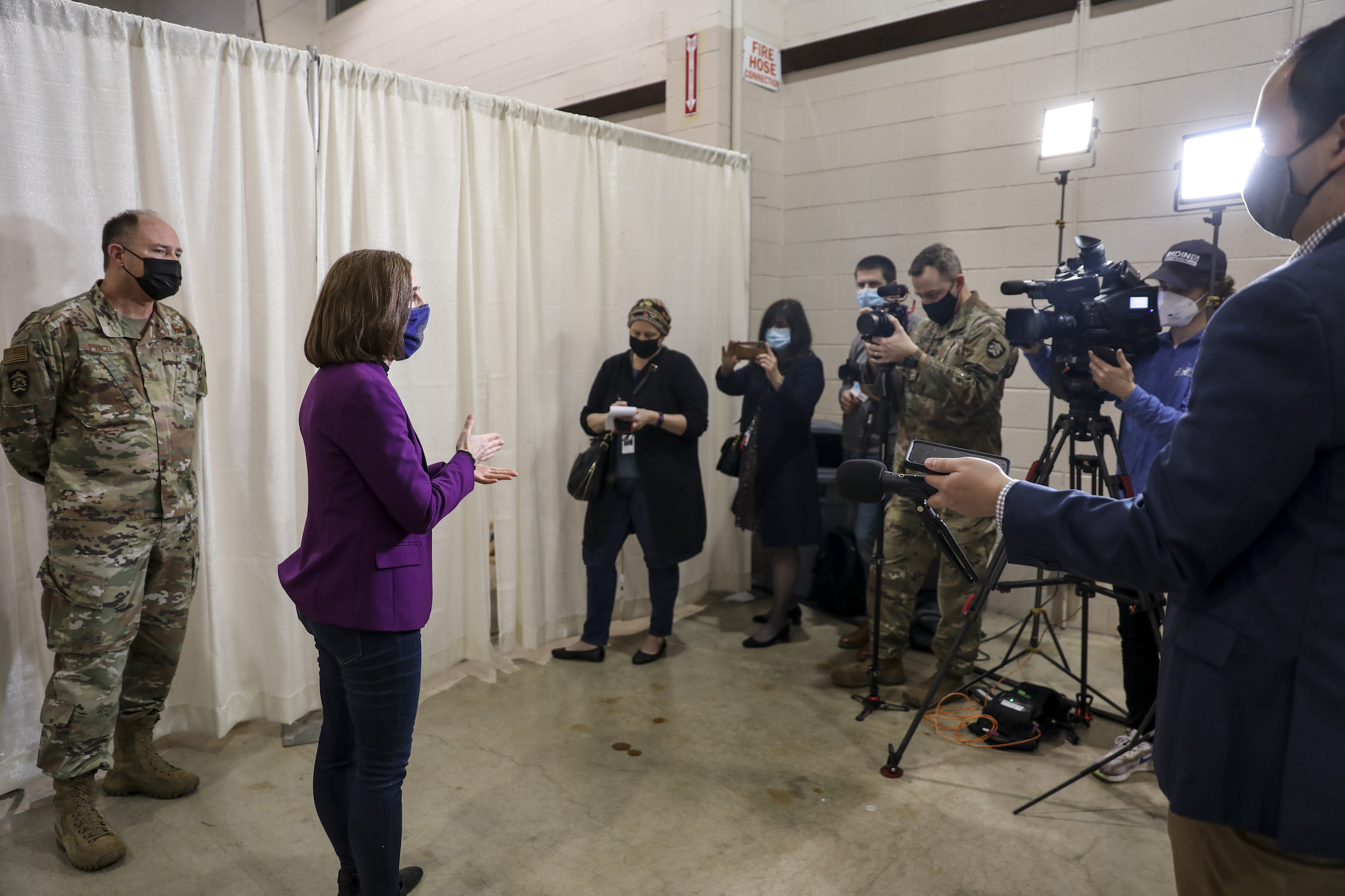30% of Oregonians have now been fully vaccinated against COVID-19, with another 14% having received at least one dose, but vaccine inequality in the state has become a greater issue than ever. According to the Oregon Health Authority, 40% of Oregonians in the wealthiest quartile of ZIP codes have received at least one dose, in comparison to 26% in the poorest quartile.
Vaccine disparity has posed a great threat and challenge towards the United States’ goal of obtaining herd immunity, and the underlying factors behind inoculation inequality come from many different sources. According to the Centers for Disease Control and Prevention, Hispanic/Latinx citizens constitute for only 10.2% of fully vaccinated people in the U.S., despite making up 17.2% of the U.S. population. Similarly, Black Americans make up 8.5% of fully vaccinated people, in contrast with 12.4% of the U.S. population.
When the OHA first released its vaccine plan last November, it announced it would commit to an equitable distribution of vaccines, prioritizing vulnerable and marginalized communities first. Such claims seem to have been hollow, and the racial disparity in vaccinations throughout the country is echoed in Oregon as well. Vaccine disparity among racial demographics is seen most prominently in Oregon’s Hispanic/Latinx community, which has received 7% of the state’s vaccinations—a concerningly low statistic when compared to Oregon’s 13% Hispanic/Latinx population.
“I want to recognize the fact that vaccinations in Oregon have not been administered as equitably as they need to be,” said OHA director Pat Allen on April 16. “The numbers are stark and clear. For too many people, race and income are predictors of whether you can access a COVID-19 vaccine or not.”
Oregon’s rush to increase eligibility among non-vulnerable groups despite a lack of vaccine availability is a potential contributor to the disparity seen in the state’s vaccine statistics. Although only half of all eligible adults had been vaccinated by mid-March, the state chose to open up eligibility for other groups, causing the already-depleted stock of doses to lag further behind due to increased demand. Furthermore, the placement of major vaccine hubs in largely urban areas and the confusing management of booking vaccine appointments doesn’t make the process any easier for people without access to healthcare services or transportation.
“Putting all of our resources into one large vaccine clinic only was probably not the best strategy for an equity focus,” said Kim Toevs, communicable disease director for the Multnomah County Health Department to The Oregonian.
Vaccine inequality in Oregon was met with harsh criticism from advocacy groups such as the Latino Network and non-profit El Programa Hispano Católico during a press conference on Apr. 15, with Latino Network executive director Tony DeFalco stating that negotiations with state authorities had not led to results. OHA Director Pat Allen doubled down on the state’s commitment to equitable vaccination, stating that the task was harder than they anticipated due to unseen factors such as external challenges.
One such challenge is a lack of transparency regarding information about receiving the vaccine, like concerns over whether ID will need to be presented to be vaccinated or that law enforcement could be at vaccination sites. Similar external challenges are seen in other demographics. Although Oregon has not faced issues with equitable distribution of the vaccine among the state’s Black population, it remains a challenge on a national level.
According to a February AP News poll, Black Americans and Republicans are the two demographics that express the most resistance or hesitancy towards being vaccinated against COVID-19. The scientific and medical communities have a long and contentious past with the Black community, particularly following the infamous Tuskegee study in which Black syphilis patients were studied without consent and refused treatment for several decades. NBC’s Alicia Victoria Lozano noted other diseases such as HIV have a much higher infection rate among Black communities due to racist negligence perpetuated by the medical officials at the height of the AIDS epidemic in the 80s.
Looking beyond vaccination rates, COVID-19 continues to spread through Oregon’s poorest communities. Out of the 10 ZIP codes in Oregon that reported the most new cases per capita between Apr. 19–25, seven of them ranked outside of the top 50% of communities in Oregon ranked by median household income. Only two—Sandy and Troutdale—had a median household income of above $40,000. Although the east Portland and Gresham region has one of the highest rates of infection throughout the entire state, as of April 16, only 22% of residents had been vaccinated, according to The Oregonian.
Oregon’s data regarding vaccine inequity among vulnerable communities isn’t fresh, which has led some to raise concerns and questions over how long the OHA has been aware of the problem. When asked how long the OHA had been in possession of the data, the newsroom was met with empty answers and dodged questions. OHA Director Allen and Governor Kate Brown later committed to building better resources for vulnerable communities—such as a Spanish-language vaccine hotline—with Brown adding the state is doing “more than ever done before, and it’s not enough.”
“The people who need [the vaccine] the most are the same who don’t trust it,” said Sernah Essian of student-led medical advocacy group Universities Allied for Essential Medicines to NBC. “Without considering racial equity, we deepen the cracks that systemic racism has already created in our healthcare system.”






